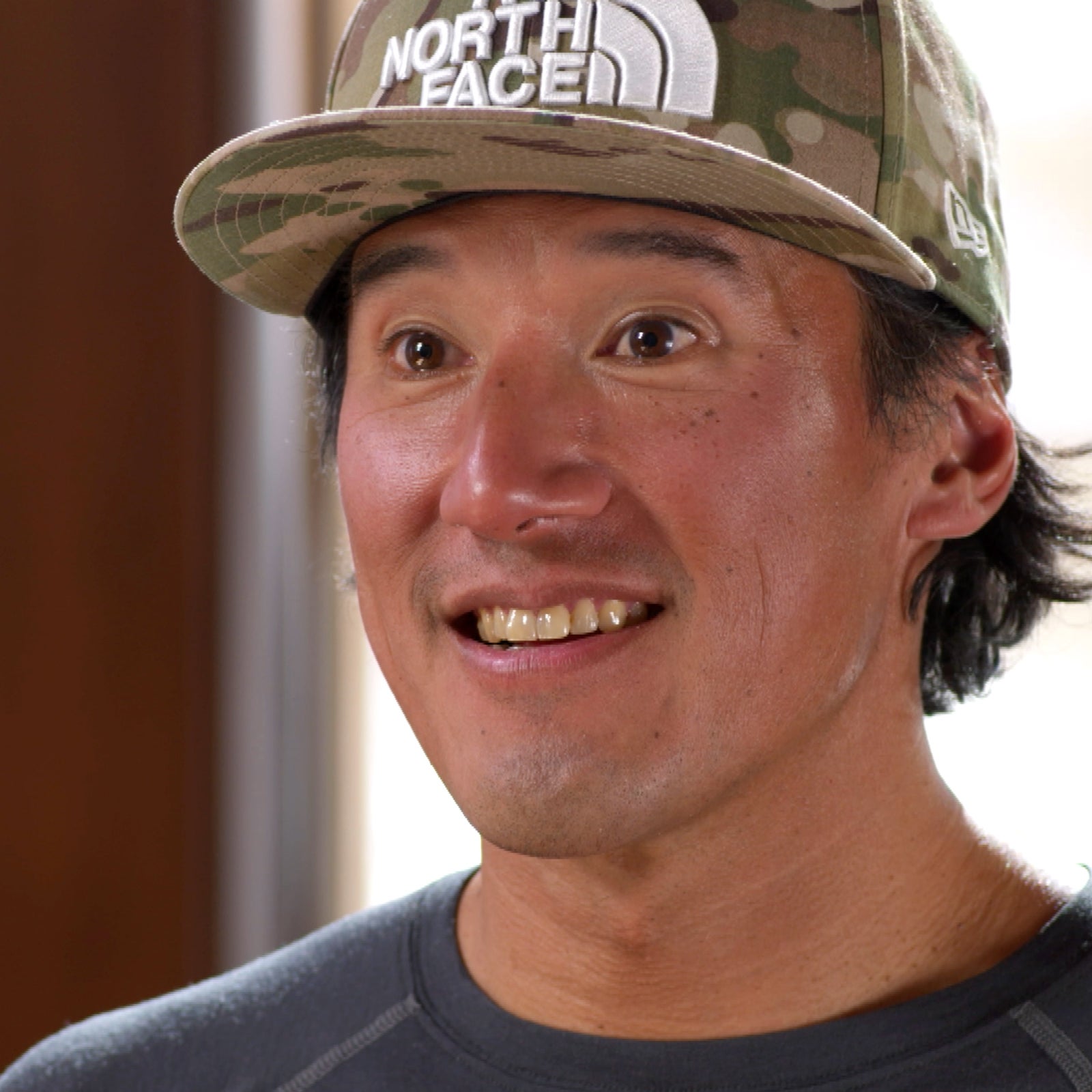When wingsuit pilot Jeb Corliss shot through a narrow canyon in Italy in January, the nerve-racking proximity flight, dubbed the Death Star╠²run, was in a single take. As if the flight werenŌĆÖt dangerous enough, cameraman James Boole had to make the jump himself in order to get the footage, flying behind Corliss and╠²tracking him╠²with the camera instead of focusing on where he himself was going.
In the world of extreme sports, cameramen often experience all of the danger their subjects do, if not more, but none of the glory. But recently╠²HBOŌĆÖs TV series╠²╠²highlighted╠²the people behind the lens. The ŌĆ£Risky BusinessŌĆØ segment of episode 265, which aired in April and is now available for streaming, takes a rare behind-the-scenes look into the professional lives of three top adventure photographers and filmmakers: Boole, Larry Haynes, and Jimmy Chin.╠²ŌĆ£We canŌĆÖt all be dentists and plumbers,ŌĆØ Boole says in the episode. ŌĆ£Part of the human spirit is to push limitsŌĆöand we need wingsuit cameramen in the world.ŌĆØ
Even if you havenŌĆÖt heard of Boole, youŌĆÖve likely seen his work. Apart from the numerous online videos heŌĆÖs shot with Corliss, he served as a wingsuit aerial cameraman for the 2015 remake of Point Break. Hayes, a of more than 30 years, is a fixture on Pipeline, the legendary and dangerous surf break on OahuŌĆÖs North Shore. Chin, codirector of Meru and Free Solo, is one of the most renowned climbing photographers of his╠²generation.
Each has had his fair share of close callsŌĆöfor example Boole once smashed into the side of a snow-covered mountain at about 90 miles per hour, and Hayes has been slammed by Pipeline into the reef, cracking his helmet. But personal danger is only one side of the coin for extreme cameramen. The job also entails the emotional burden of potentially witnessing athletes and friends killed in action. For Haynes, this has happened twice:╠²when he filmed the deaths of big-wave surfers╠²Malik Joyeux in 2005 and Kirk Passmore in 2015. The emotion is still raw to this day, and he chokes up recounting the accidents╠²during an interview for the show.
When Chin filmed Free Solo with Alex Honnold, the worst-case scenario was front and center in his mind. ŌĆ£I always felt like,╠²as the director-producer, I should carry the burden of shooting the spot that he was most likely to fall,ŌĆØ Chin tells Gumbel. ŌĆ£I thought about it every day for two and a half years.ŌĆØ
In the past, climbing films were all about the action. Free Solo proved that the climb itself is only part of the picture. The Oscar-winning documentary blended╠²clips of the film crew, the preparations, and touching behind-the-scenes moments, all of which brought a human element to a story that otherwise would have been difficult to comprehendŌĆöeven for lifelong climbers. Who could stop themselves from cringing when Honnold entered the crux boulder problem and , a director of photography positioned on the valley floor with a long lens, had to look away from the camera monitor in fear? Or feel the relief and joy when Honnold finally topped out El Cap, and Chin ran to him for a bear hug╠²almost in tears? Those moments gave the film its emotional power and ability to transcend beyond a -climbing flick╠²and become╠²a meditation on life.
With the success of Free Solo╠²and the ever growing mainstream╠²popularity of adventure sports, itŌĆÖs only fitting that HBO would lift the curtain to give us a glimpse of the danger, dedication, and emotional burden of the people who make these stories possible.
Real Sports, which has earned 32 Sports Emmys across its 25 seasons, covers the extreme filmmakers╠²with measured objectivity and a documentary-like tone. Through a mix of tachycardia-inducing action footage with narration and somber sit-down interviews, it packs a well-rounded story into a short╠²12-minute segment. The overall effect for the audience is much greater appreciation and understanding of what it takes to get the shot.╠²But it does leave the viewer wondering, Why take on so much risk? ŌĆ£We donŌĆÖt go into this blindly, without having thought very carefully about it,ŌĆØ Chin says in the episode. ŌĆ£I think that that is the opposite of wanting to dieŌĆöthatŌĆÖs wanting to live as fully as possible.ŌĆØ


